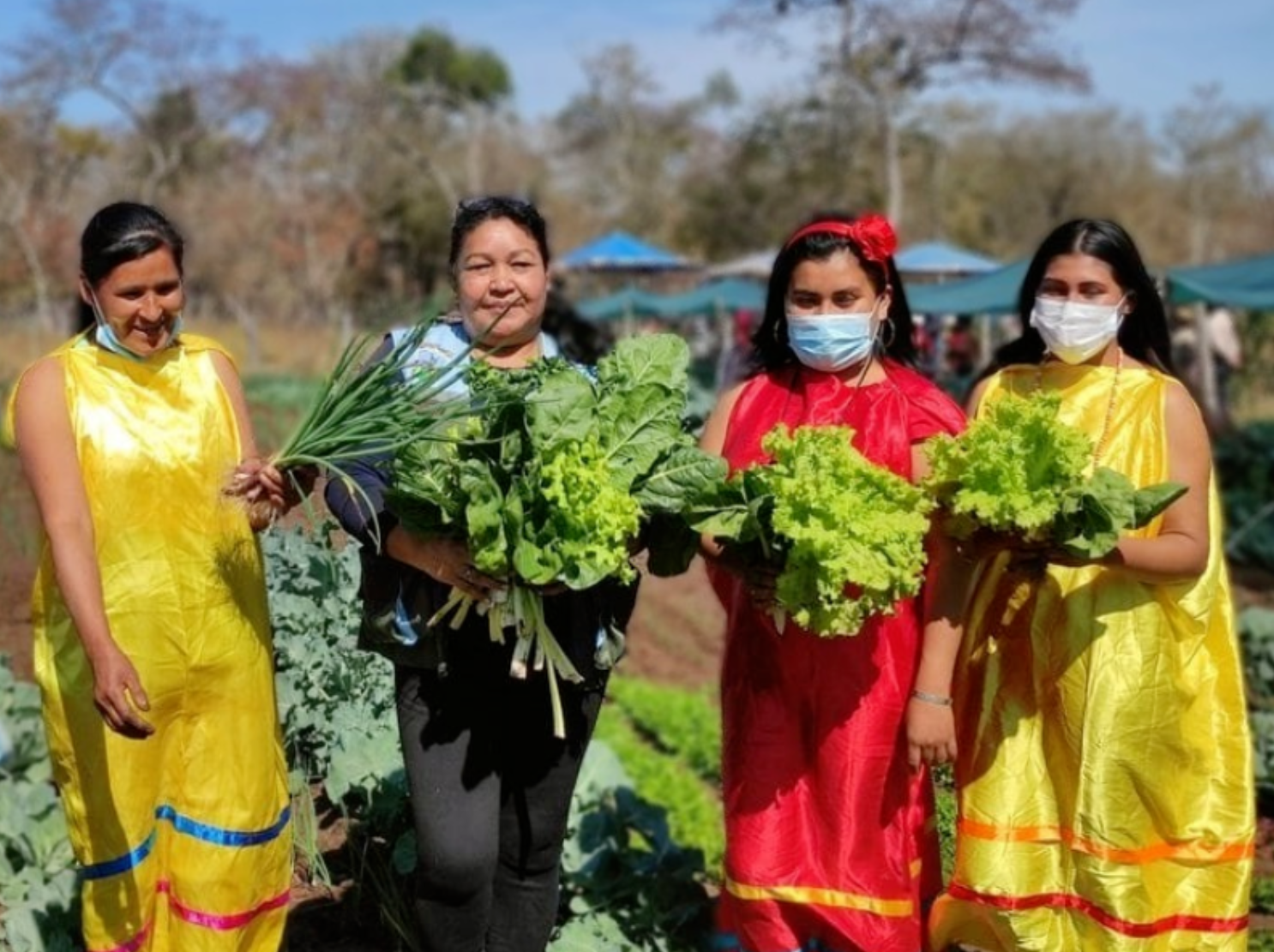
Reviving Ancestral Farming in Peru
In Peru's Laramate district, the worsening effects of climate change have pushed Indigenous women to return to time-honored farming techniques. By abandoning chemical fertilizers, rotating crops, and implementing traditional irrigation methods, they have successfully rejuvenated the soil, leading to increased harvests and improved economic prospects for their families.
The transformation was supported by the Centro de Culturas Indígenas del Perú (CHIRAPAQ) and the UN Women's Fund for Gender Equality, which provided training programs to help women rediscover sustainable farming practices. Lucia Rupire, one of the participants, highlighted the impact of these methods:
"By fertilizing with manure from cows, sheep, and alpacas—just as my ancestors did—the soil has become richer, and our crops are much healthier," she told the Harvard International Review. Her husband, initially skeptical, has since adopted the same techniques after witnessing the improved yields.
Elsewhere in Peru, Kichwa women are cultivating communal gardens filled with native crops such as dale (a root vegetable) and malambo (a yellow gourd). These gardens not only provide families with a steady food supply but also help preserve cultural traditions. Luz Sinarahua, a leader in the Chirikyacu community, emphasized their significance:
"With rising food prices, sometimes we can't afford to buy bread. But thanks to our beans, yucca, and plantains, we always have enough to feed our families."
These initiatives demonstrate how Indigenous knowledge can simultaneously address environmental challenges, food insecurity, and economic hardship.
Mexico's Milpa System: A Model of Sustainable Agriculture
In Mexico, Indigenous women are reviving the milpa system—an ancient agricultural practice that involves intercropping maize, beans, and squash. This method enhances soil fertility, conserves water, and promotes biodiversity while ensuring a nutritious diet for local communities.
According to studies cited by the Harvard International Review, the milpa system surpasses monoculture farming in both productivity and resilience. Women play a crucial role in preserving these techniques, using their harvests to prepare traditional foods like tostadas for local markets.
In Chiapas, Indigenous women have taken the lead in restoring milpa farming to counteract the effects of climate change. Their work is about more than just food—it represents a deep connection to the land and a commitment to ecological balance.
"Milpas are more than a way to grow food; they are a way of life that harmonizes human and environmental needs," one farmer explained.
Through educational initiatives, these women pass down their knowledge to younger generations, ensuring that the milpa system remains a sustainable solution for future climate challenges.
Guatemala's Indigenous Women Fight for Food Security
In Guatemala, Indigenous women are confronting climate change by cultivating native crops and restoring degraded lands. Among the Maya-Mam people in Tuixcajchis, women have established nurseries to protect native plant species and enhance biodiversity.
These nurseries emerged as a response to deforestation, industrial mining, and extreme weather events. One elder shared the motivation behind their work:
"Our rivers are drying up, and the land is turning into a desert. We refuse to let our children and grandchildren inherit this reality."
Guatemala's milpa system has also been revitalized, alongside the K'uxu'rum method, which integrates corn, beans, and cacao trees. This approach improves soil moisture retention and nutrient cycling, making it an effective strategy in drought-prone areas. By adopting these techniques, small farmers have created resilient agricultural systems that provide both food security and economic stability.
Overcoming Inequality and Expanding Opportunities
Despite their critical role in agriculture and climate resilience, Indigenous women across Latin America continue to face systemic barriers. Many lack land ownership rights, suffer from higher rates of malnutrition, and experience disproportionate climate-related hardships.
The Harvard International Review emphasizes that while their contributions are often overlooked, Indigenous women are essential to preserving biodiversity and advancing sustainable agriculture. Global organizations, including the UN, are increasingly advocating for their inclusion in decision-making processes and providing financial support to expand their initiatives.
By strengthening the leadership of Indigenous women, these efforts not only empower local communities but also offer valuable lessons for the global fight against climate change.
A Future Rooted in Traditional Knowledge
From Peru's communal gardens to Mexico's milpa farms and Guatemala's seedling nurseries, Indigenous women are proving that ancient wisdom can address modern environmental challenges. Their efforts are restoring ecosystems, ensuring food security, and preserving cultural heritage.
As these women continue their work, the world must recognize and support their contributions. Their resilience and ingenuity are not only vital for their communities but also for the future of the planet.